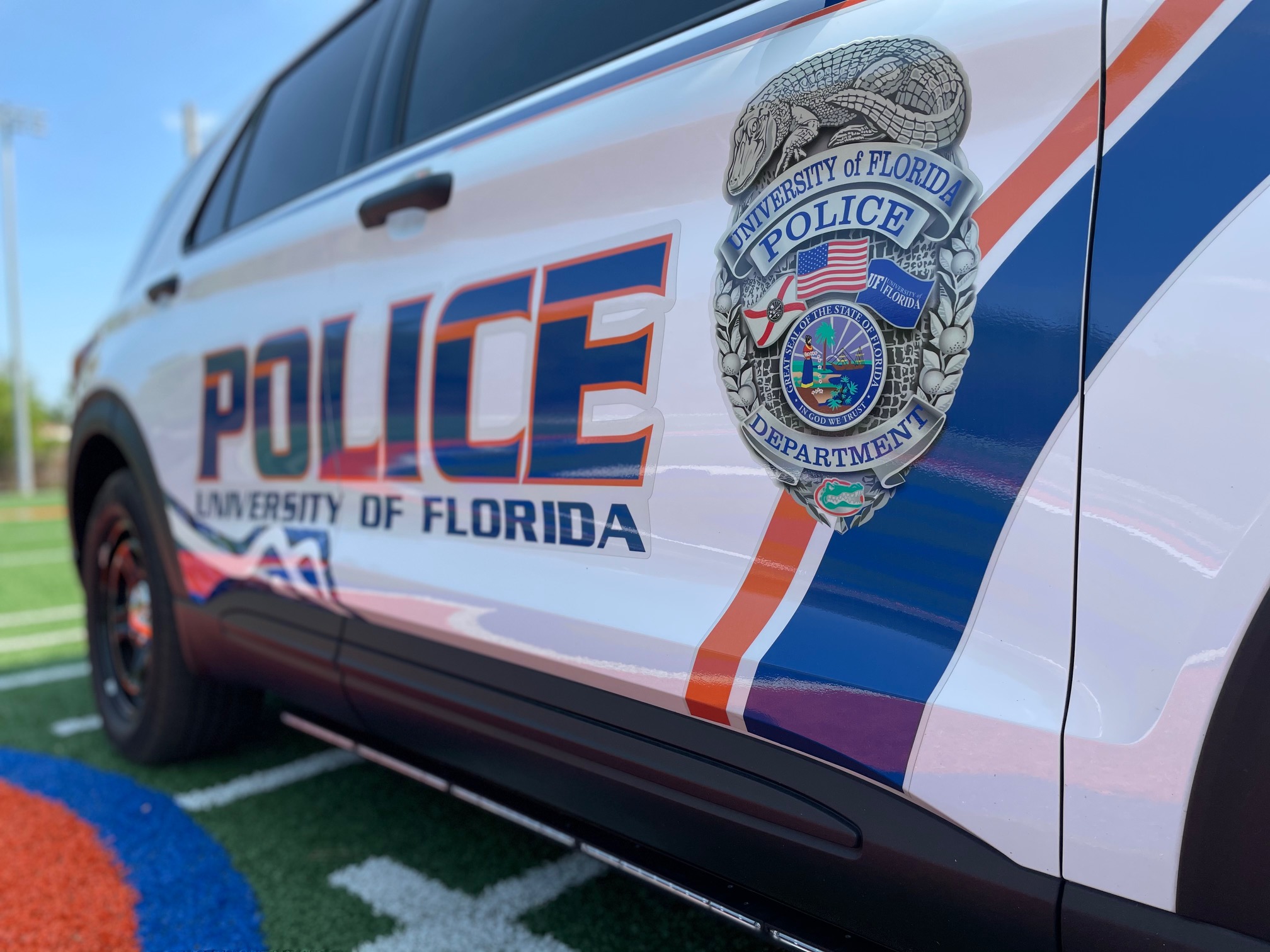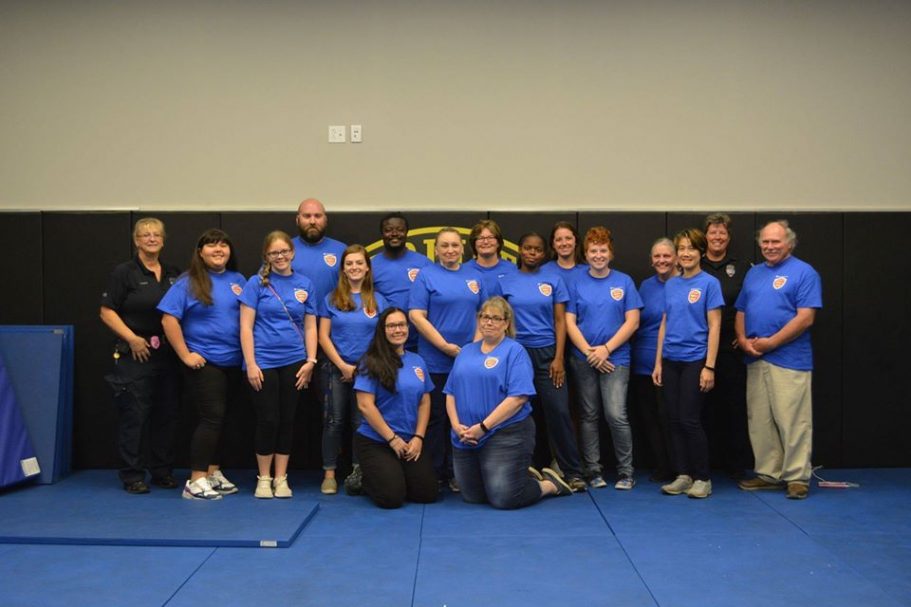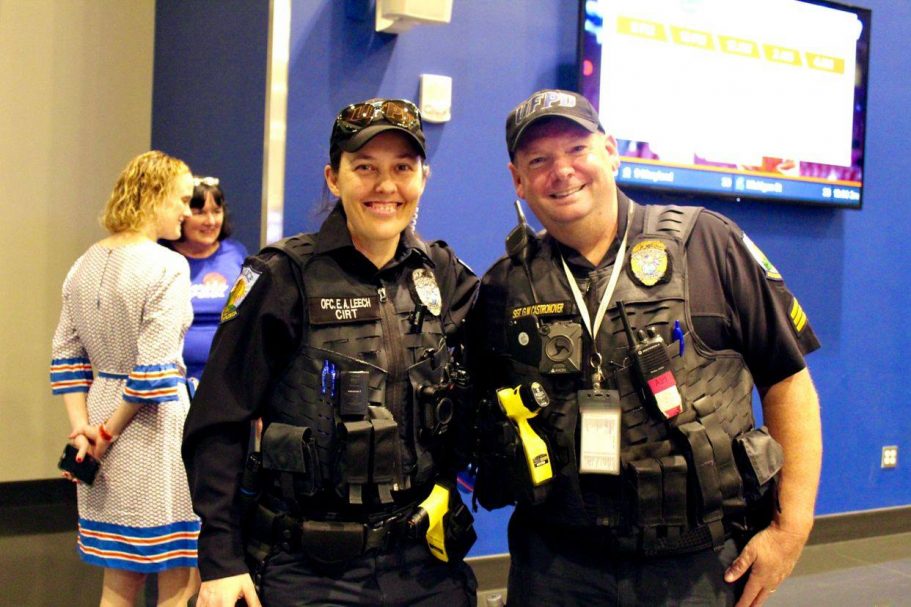- Homepage
- How Do I?
- Brochures & Safety Tips
- Traffic Information
Traffic Information
“Road Rage”
Anger and driving are a dangerous combination. Behind the wheel is no place for aggression. Unfortunately more and, more people are letting their emotions get the best of them. A report from the National Highway Safety Administration lists more than 10,000 reported incidents of road rage in the first six-years of the decade.
People zigzagging in and out of traffic. Cutting off other cars in traffic. Tailgating for long distances. All of these can lead to a traffic crash, disputes, and even death. Impatience is one of the prime causes of road rage. Being patient behind the wheel will do a great deal to help you avoid road rage.
Here are 10 ways to avoid this dangerous condition:.
- Be courteous behind the wheel.
- Don’t honk your horn excessively.
- Don’t block the passing lane.
- Don’t switch lanes without signaling first.
- Don’t take up more than one parking space.
- Don’t let your car door hit the car parked next to you.
- Don’t tail-gate.
- Don’t inflict your loud music on nearby cars.
- Avoid unnecessary use of your high beam headlights.
- Allow plenty of time for every trip.
Armed with this information you may be able to avoid road rage. If you are threatened on the roadways always report incidents to you local law enforcement agency.
Car Accidents
No one wants to be involved in a traffic crash. But today such accidents seem inevitable. Here are some tips to help you should you be involved in a traffic crash. Keep this information in your car.
Tips to avoid accidents
- Always maintain a safe following distance between you and the car in front. Keep a gap of one and a half car lengths for each ten miles per hour of speed. Increase this distance during rainy or foggy conditions.
- Allow rude or impatient drivers to pass. Stay clear of weaving or reckless drivers; avoid passing them if possible.
- Do not react to a driver who has become hostile. Avoid making eye contact or gesturing.
What you should IMMEDIATELY In case of accident
- Notify the police if there are injuries, if traffic is obstructed, if there is damage to either car, or if the other driver appears intoxicated.
- If there are no serious injuries, and if possible, move your vehicles to a safe area such as a service station or well lit parking lot. Let the other driver know what you are doing so they do not think you are fleeing the scene.
- Conceal and secure any valuables before exiting your vehicle.
- Write down the names, addresses, and telephone numbers of all persons involved and any witnesses. Also write down their vehicle description including the license number.
- Notify your insurance company. You will need the name of your insurance company and policy number for the required reports. Keep this information with you whenever you drive.
Never Forget
You can avoid accidents by driving defensively, never drinking alcohol and driving, being courteous to other drivers and staying alert. To avoid injury should you be involved in an accident REMEMBER TO ALWAYS wear you seat belt!
Safety when Driving Alone
Many people think nothing of driving by themselves. To others the prospect of traveling across town alone causes concern. Unreasoned fear is never a productive emotion. When you must travel by yourself some simple safety tips can reduce your anxiety and enhance your personal safety.
Vehicle Maintenance
Keep your car in good mechanical condition to reduce the potential of a breakdown. You will also be able to move quickly away from a potentially dangerous situation if your vehicle is in good operating condition.
When in Parking Areas
- Hold your keys in your hand as you approach your parked car. Don’t wait until you reach your car to grope in your purse or pocket for the keys. Keys in your hand could be used as a weapon should a potential attacker approach you. You also can enter your vehicle more quickly when your keys are ready. Many security experts believe you are most vulnerable to potential attack when you enter or leave your car.
- Check your back seat before you enter your car even if the windows were up and the doors locked. This simple precaution takes only a moment and could one day be very important to you.
- Always park in a centralized, well-lighted place.
- Use parking attendants or valets if available.
- Try to park so you will approach the driver’s side of your car when you return.
- Consider having your car equipped with an alarm that goes off for a few seconds after you enter you car unless you switch it off.
When you are driving
- Keep all windows up and doors locked while driving. The chances of a perpetrator attempting to enter your car or reach through an open window to attack you or steal a purse or property on a seat is reduced by this simple precaution.
- If you have a membership with a roadside service company keep the membership number with you while driving. To use this service you will need the member number and the telephone number of the service.
- Never pick up hitchhikers.
- Sound your horn in potentially dangerous situations to attract attention.
- If your car becomes disabled assess your situation. Where are you? How far away might potential assistance be? Do you have access to a cellular or pay telephone to call for assistance? If you find yourself far from assistance with no communications switch on your emergency flashers and wait until someone stops. Ask passers by who might stop to call help for you.
- If you have a flat tire in a dark or uncomfortable location, drive slowly to the nearest service station or public place. Even if you ruin the tire, you have maintained your personal safety.
- Avoid short cuts that takeing you through unfamiliar areas.
- Many people are suspicious of being stopped by unmarked police vehicles. Beware of men in civilian clothing who flash what appears to be a police badge. Don’t get out of your car. Instead roll your window down slightly and request a uniformed officer in a marked car respond before you comply with the requests made.
- If your car is rammed from behind and the hit seems deliberate, always stay in the car with the doors locked. Wait for the police to arrive.
- Most experts do not recommend that you carry weapons in your car or on your person. These items can be turned against you making your situation potentially worse. Use of everyday items such as flashlights, keys, pens and combs for personal protection can be very effective because potential attackers generally are not expecting such actions.
- If someone forces you to drive your own car in an abduction, try to attract attention of the police by turning off your lights, speeding, driving as if intoxicated or running into something. Try to remain calm and always look for an opportunity to escape.
Never Forget
If you use common sense and follow these safety suggestions you may reduce your chances of becoming a crime victim. Remember to always use your head to protect your body.
Emergency vehicles and you
Take sirens seriously!
In an emergency, minutes can mean the difference between life and death, and critical seconds can be lost if drivers don’t make way for emergency vehicles.
Anytime you hear an emergency siren you must make way for the ambulance, fire truck or police vehicle.
How You Can Help
You can do some simple things to help emergency personnel reach a person in need.
S.I.R.E.N.
Use the letters S.I.R.E.N. to remember the right way to yield to an emergency vehicle.
S: Stay Alert
Drive defensively, keep the noise level down in your car and look for more than one emergency vehicle approaching when you hear a siren.
I: Investigate
Check your rear-view mirror, scan in front and on both sides of your vehicle, try to estimate the closing speed of the emergency vehicle and plan your next move.
R: React
React quickly, but calmly and scan in all directions before pulling over. Always use a turn signal when exiting the roadway and don’t slam on the brakes or pull over suddenly.
E: Enter
Before re-entering the road, make a visual sweep in all directions, turn on your signal, and gradually merge back into traffic.
N: Never
Don’t stop at a place that doesn’t have enough room to pull over safely and never follow or try to outrun an emergency vehicle.
At Intersections
Be alert for pedestrians who may be in the crosswalk or at the edge of the roadway. They might be looking for the emergency vehicle too and not be aware of your efforts to yield properly.
On the Highway
Always use your signal so that other drivers know how you intend to exit the road and look for other cars that may have to move across lanes of traffic to yield. Pull as far off the highway as safely possible and gradually brake to avoid losing control in loose gravel on the shoulder.
As Pedestrians
Always check for turning vehicles before you step into the street because drivers may not see you. Be sure to stop at the curb, look left right left before crossing the street, and keep looking for vehicles.
Do not cross in front of an emergency vehicle that may be stopped at a busy intersection, wait for the vehicle to pass.
As Bicyclists
Always wear a helmet on every ride and equip your bicycle with reflectors on the front and rear. Bicyclists must obey traffic laws that apply to motor vehicles. Ride single file and on the right side of the road with traffic.
When an emergency vehicle is approaching, pull as far to the right as possible.
Do not cross in front of an emergency vehicle that may be stopped at a busy intersection, wait for the vehicle to pass.
Please Remember
Not every emergency medical response requires lights and sirens, but next time you encounter such a situation, yield immediately so that the emergency personnel can reach the person who is waiting for help to arrive. It’s important to let them through…next time, it could be you.
Note: Much of the information on this page is from a brochure developed by the U.S. Department of Transportation’s National Highway Traffic Safety Administration (NHTSA).
In-line skating
Skateboards and Inline Skates are great transportation, fun and healthy exercise. There are some important facts you should have before you begin enjoying yourself.
Florida statute 316.2065 prohibits the use of inline skates, and skateboards (including electric/motorized skateboards) on the roadway, this includes designated bicycle lanes. Skateboards and in-line skates may be used on designated bike paths that are seperated from the road. Skateboards and in-line skates may be used on sidewalks, but must yield the right of way to pedestrians. This is an important safety consideration and could cost you an expensive traffic citation.
The university also limits the use of inline skates, and skateboards in the Student Code of Conduct: 6C1-2.0162, which states in part:
University Students, faculty and staff may use or operate skateboards, idler skates, roller blades or similar devices only on University sidewalks and while crossing street at crosswalks. The use of skateboards and inline skates is prohibited in all other areas of campus, including:
- Fine Arts Complex
- Architecture Building
- Turlington Hall
- Ben Hill Griffin Stadium
- Stephen C. O’Connell Center
- Parking Garages
- Park and Ride Lots
These limitations are established for safety reasons and should be adhered to at all times.
General Safety Tips For Inline Skaters
- Always wear protective gear: helmets, wrist guards, knee and elbow pads.
- Learn in-line skating basics such as braking and turning before going out on the open trail.
- Stay away from water, oil, debris, sand and uneven or broken pavement.
- Observe all traffic regulations.
- Move to the left of pedestrians, cyclists and other skaters to pass them.
School buses and you
For twenty-three million students nationwide, the school day begins and ends with a trip on a school bus. The greatest risk is not riding the bus, but approaching or leaving the bus. Before children go back to school or start school for the first time, it is essential that adults and children know traffic safety rules.
Drivers
- When backing out of a driveway or leaving a garage, watch out for children walking or bicycling to school.
- When driving in neighborhoods with school zones, watch out for young people who may be thinking about getting to school, but may not be thinking about getting there safely.
- Slow down. Watch for children walking in the street, especially if there are no sidewalks in the neighborhood.
- Slow down. Watch for children playing and congregating near bus stops.
- Be alert. Children arriving late for the bus may dart into the street without looking for traffic.
- Learn and obey the school bus laws in your state. Learn the “flashing signal light system” that school bus drivers use to alert motorists of pending actions.
- Yellow flashing lights indicate that the bus is preparing to stop to load or unload children. Motorists should slow down and prepare to stop their vehicles.
- Red flashing lights and extended stop arms indicate that the bus has stopped, and that children are getting on or off. Motorists must stop their cars and wait until the red lights stop flashing, the extended stop sign is withdrawn, and the bus begins moving before they can start driving again.
Children
- Get to the bus stop at least five minutes before the bus is scheduled to arrive.
- When the bus approaches, stand at least three giant steps (6 feet) away from the curb, and line up away from the street.
- Wait until the bus stops, the door opens, and the driver says that it’s okay before stepping onto the bus.
- If you have to cross the street in front of the bus, walk on the sidewalk or along the side of the road to a point at least five giant steps (10 feet) ahead of the bus before you cross.
- Be sure that the bus driver can see you, and you can see the bus driver.
- Use the handrails to avoid falls. When exiting the bus, be careful that clothing with drawstrings, and book bags with straps don’t get caught in the handrails or doors.
- Never walk behind the bus. Walk at least three giant steps away from the side of the bus. If you drop something near the bus, tell the bus driver. Never try to pick it up because the driver may not be able to see you.
Parents
- Teach children to follow these common sense practices to make school bus transportation safer.





